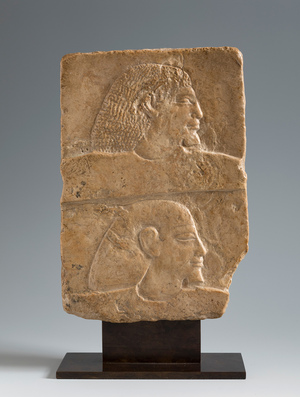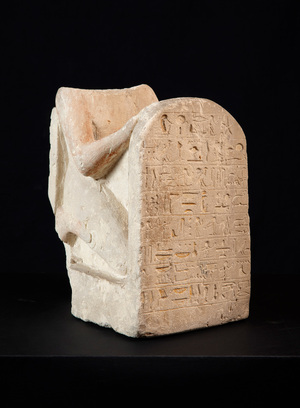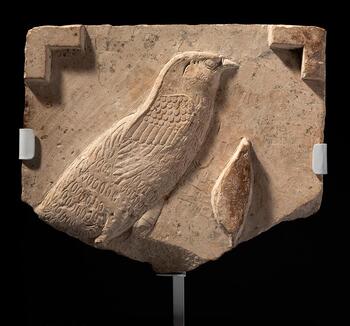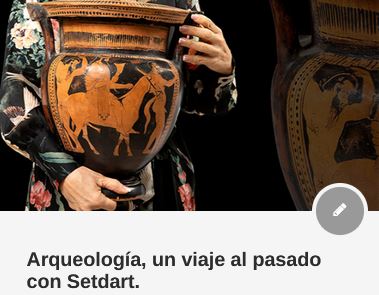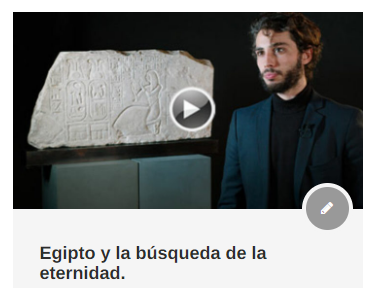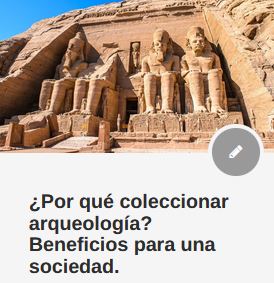Egypt: The Art of the Unknown
On January 24 Setdart will tender a large selection of archaeological pieces. Vestiges of numerous cultures are brought together in this auction, testifying to the cultural richness and artistic quality of the first civilizations.
To think of Egypt is to be transported to a distant, exotic and mysterious world. Travel to the cradle of one of the world’s first civilizations that arouses equal parts mystery and fascination for its ancient and millenary culture. The classical historian Herodotus (Halicarnassus, 484 B.C.-Turians, 425 B.C.) described in his second book the customs and peculiarities of Egypt, but in turn fed the legends and myths about the society of the pharaohs. In the 19th century, thanks to the revitalization of archaeology as a discipline and the decipherment of hieroglyphic writing, the study of antiquity in Egypt flourished, resulting in the consolidation of Egyptology as a full-fledged science.
Even so, the legends, the stories of tomb raiders and the curses of the pharaohs to those who dared to disturb their eternity have perpetuated the idea of a magical and mysterious Egypt. No wonder, since Egypt cannot be understood without its vision of the “Beyond”, the search for eternity after death. Many of the testimonies that have come down to us are a reflection of this cyclical conception of life. Religion regulates this aspiration, the ancient beliefs of the Egyptian civilization direct man to prepare his whole life for the journey that awaits him. Every deed he does will be judged at the judgment of Osiris.
Symbolism pervaded Egyptian art and played an important role in establishing a sense of order. This idiosyncrasy permeated all aspects of artistic production from material to technique. The rotundity of the stone, its enduring quality and its resistance were highly valued qualities in an art whose purpose was directed towards the search for eternity. In many cases, the Egyptians used the technique of sunken relief, with the intention of better capturing sunlight and thus highlighting contours and shapes. Creating images starring pharaohs and their court, animals or fauna. In short, capturing the world of the living and transmitting in stone a culture that through its art documented the beginnings of a civilization and the society that inhabited it. Vestiges that transmit the knowledge of a culture dependent on the gods, largely hierarchical, knowledgeable about nature and influenced by a cyclical conception of life and death that provoked an intense search for eternity.

